
Advantages of BESS
1. High Efficiency and Fast Response
Efficiency is among the key features that distinguish BESS from other forms of energy storage technologies. These systems can charge and discharge energy with so much speed that it allows its use in applications requiring rapid responses, including frequency regulation and peak shaving within power grids. For instance, BESS may work to balance fluctuating energy supplies from renewable sources such as wind and solar, and further stabilize and make the grid more reliable.
2. Environmental Benefits
BESS provides a more environmentally friendly alternative to traditional fossil fuel generators. In allowing the integration of renewable energy, these systems contribute to reducing greenhouse gas emissions and reliance on non-renewable energy sources. The commitment of Huijue to sustainability perfectly aligns with the environmental advantages of BESS, therefore enabling the company to support moves toward greener energy transitions in markets across Asia, Europe, and beyond.
3. Scalability
BESS can be scaled up or down to meet the specific needs of different applications, from small residential setups to large industrial systems. The flexibility of tailored solutions that can fit into the project is a great advantage on which Huijue can depend to solve diverse customer needs.
Disadvantages of BESS
1. Cost
Despite these many benefits, the installation and maintenance cost of BESS can be expensive. High-quality battery technologies, such as lithium-ion batteries, are very costly in terms of initial investment. Although prices keep falling gradually, the economic barrier still persists in general to widespread adoption, especially within developing markets such as Ghana, where constraints in budget exist.
2. Lifespan and Maintenance
The operating life of the systems varies widely due to the type of technology applied and prevailing conditions. Lithium-ion batteries are efficient but have limited operational lives of around 10-15 years, at the end of which their capacity reduces significantly. Regular maintenance is also critical to performance, adding to operational cost.
3. Safety and Environmental Concerns
Safety is one of the major issues attributed to BESS mainly with lithium-ion technology due to its tendency toward thermal runaway. Besides that, most of these batteries require mining for rare earth materials, which has consequences for the environment. Huijue takes this into consideration and strives to innovate in design and stick to the set standards for safety.
Major Applications of BESS
1. Grid Stabilization
BESS plays a vital role in grid stabilization: the storage of extra energy in low demand for release during peak periods helps in balancing the grid supply and demand, hence avoiding outages and maintaining power quality.
2. Renewable Energy Integration
BESS is a key solution, presenting the ability to store energy at any given time in these leading sources of renewable energy that are bound to be more prevalent. This energy is then utilized during periods when the supply is at a minimal, thereby allowing a constant supply of energy. This, by far, is the most vital application in regions with huge solar and wind potentials.
3. Backup Power
BESS can also be a backup power supply in case of an outage and therefore allow for continued service delivery to critical infrastructure, businesses, and residences alike. This capability is increasingly important, as cities-both in Africa and Europe-face increased frequency of weather-related disruptions.
Battery Energy Storage Systems have a myriad of benefits in promoting energy efficiency, enabling further renewable integration, and providing grid reliability. However, this has to overcome a number of challenges in cost, lifespan, and safety. Shanghai Huijue can only be ambitious enough to assume the leading role in this new energy world by capitalizing on experience in energy solutions with a market-specific approach. With increasing demands for sustainable energy solutions, no doubt BESS will be the deciding factor in how energy management will be shaped in the future.



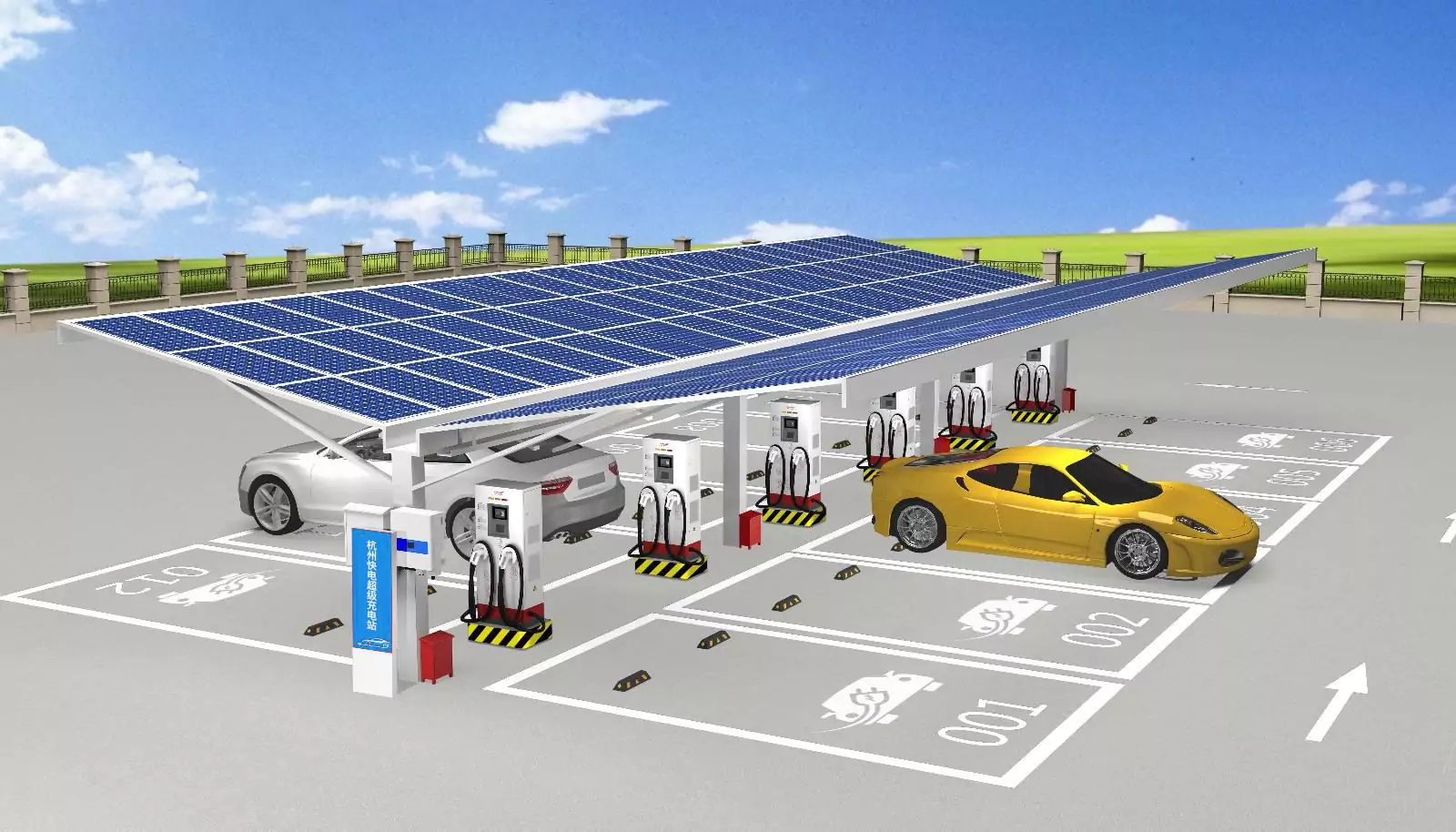
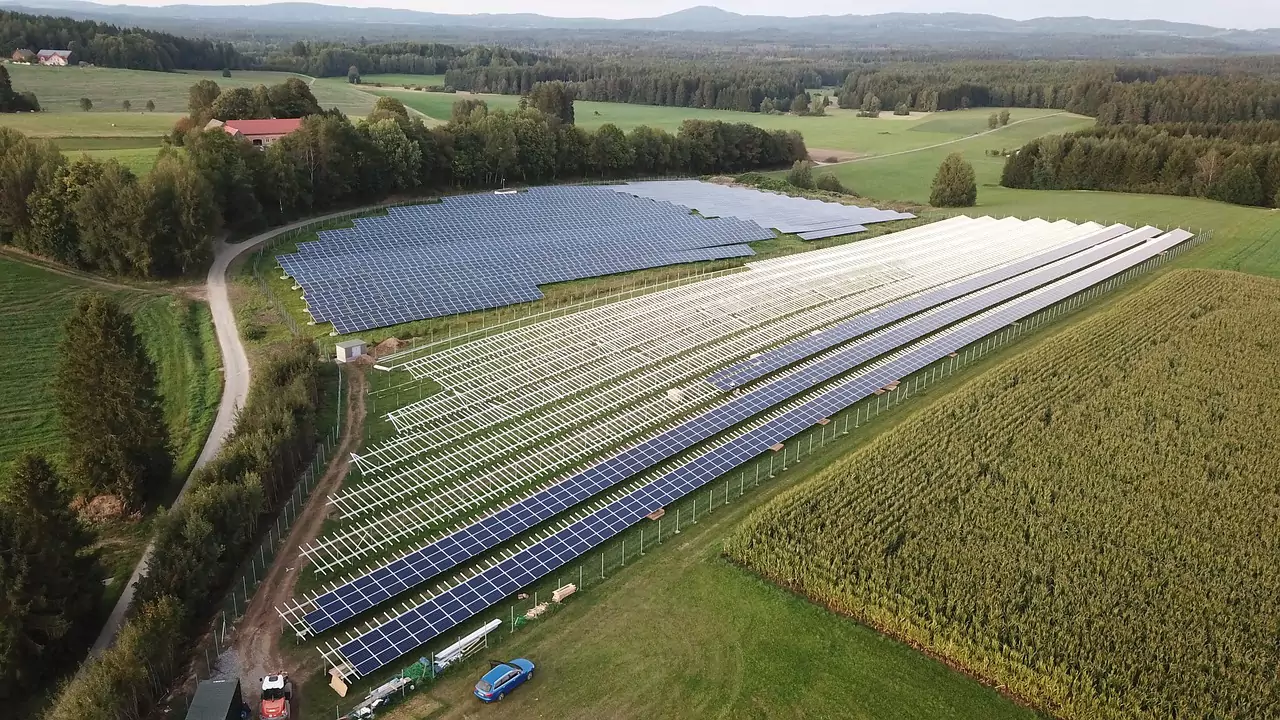







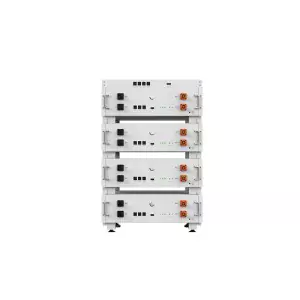
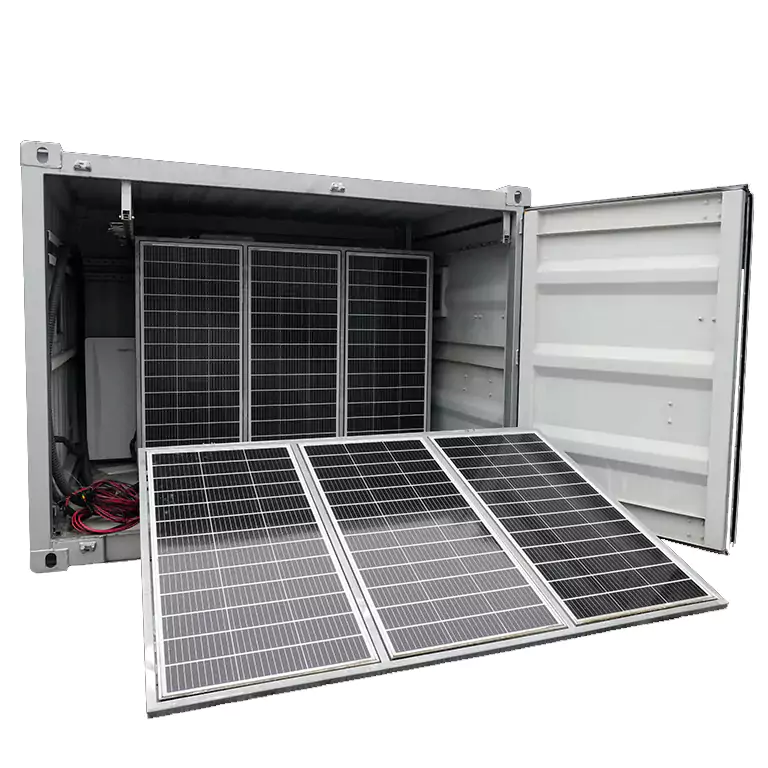
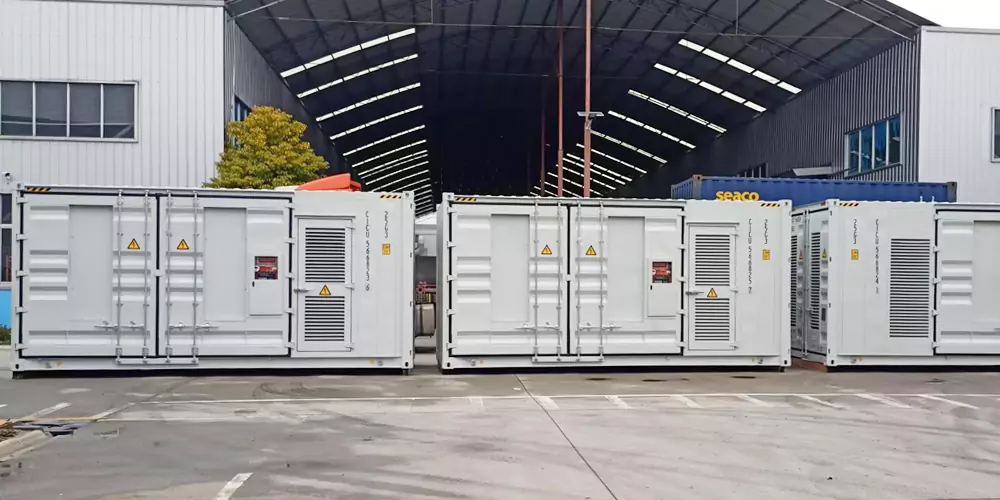
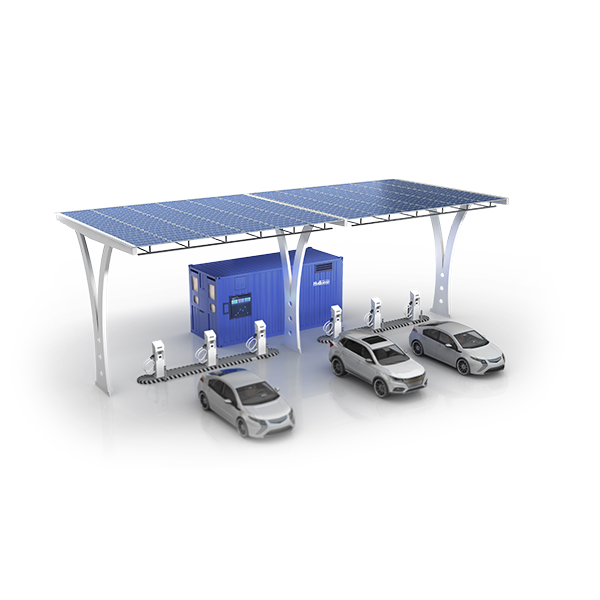
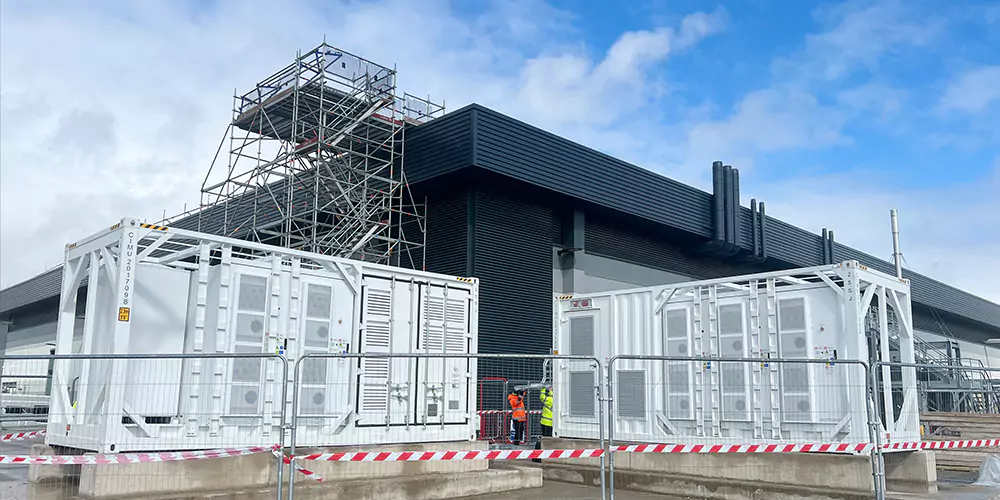


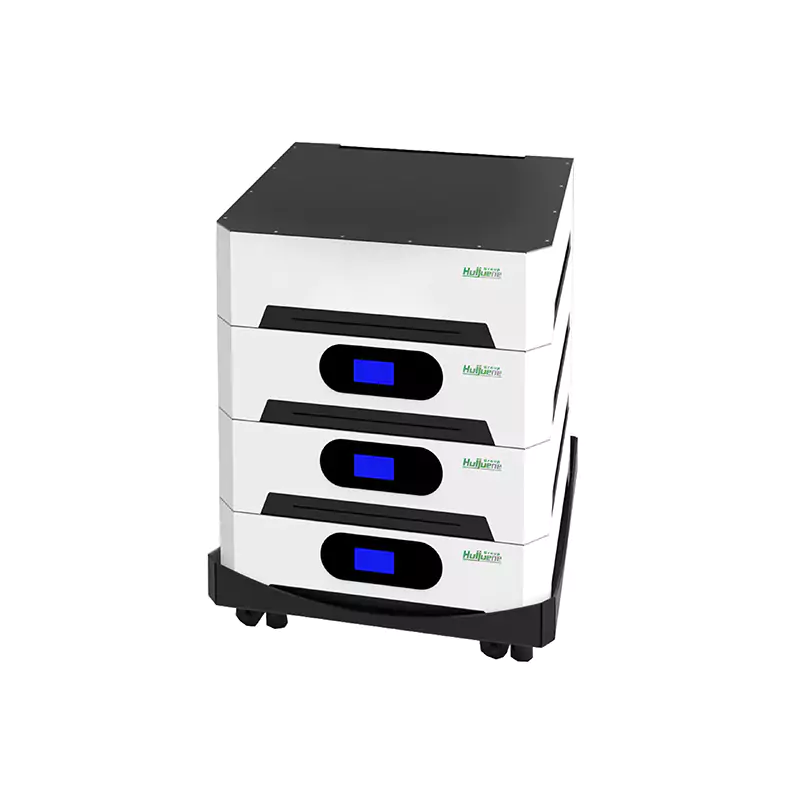

 Inquiry
Inquiry Online Chat
Online Chat